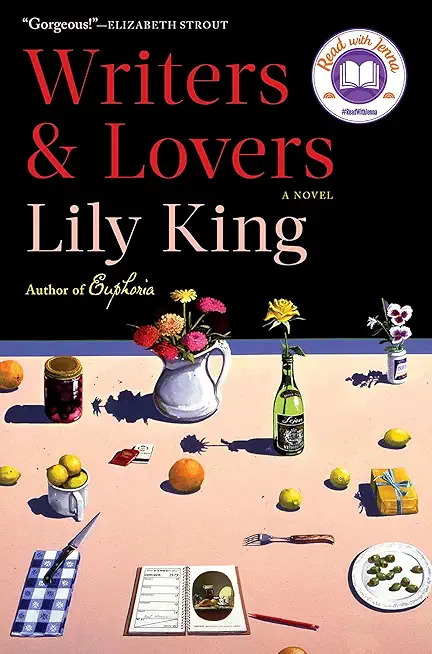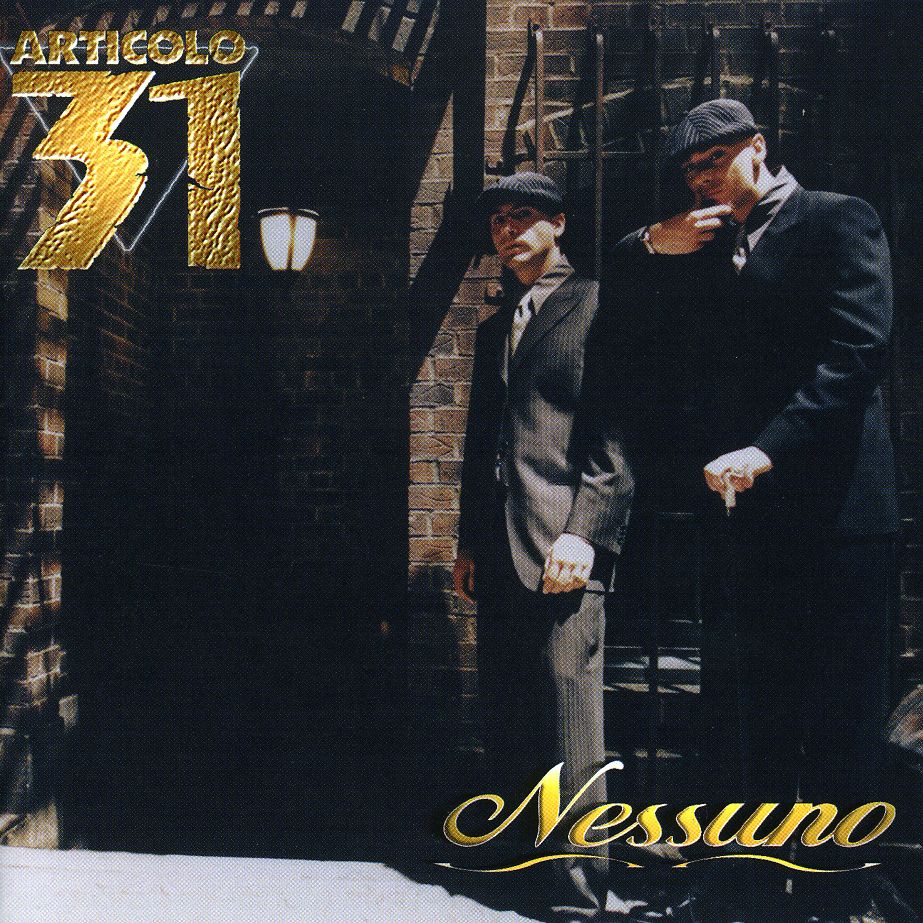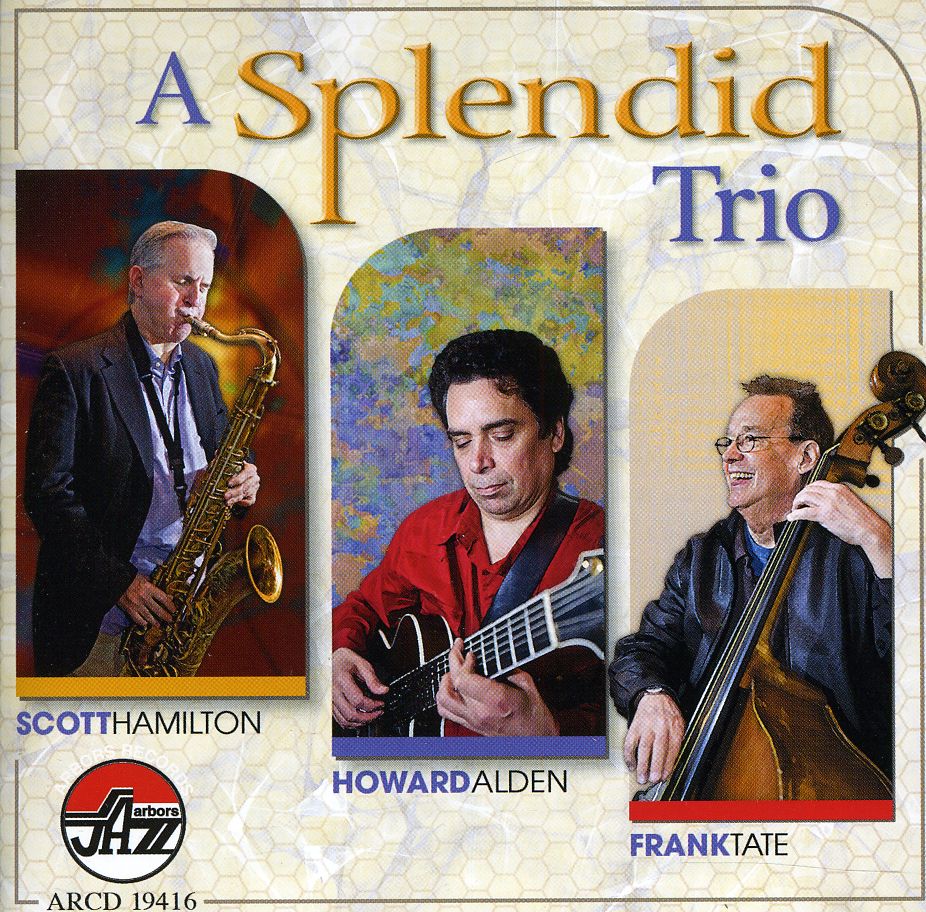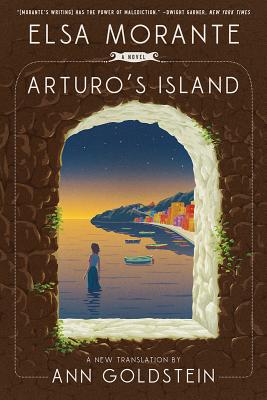
description
onsidered the greatest of Italy's postwar generation. Here, Ann Goldstein's "deft translation" (Madeline Schwartz, New York Review of Books) of Arturo's Island heralds a "second life" for the beloved author, finally garnering Morante "the new readers she deserves" (Lily Tuck, Wall Street Journal). Imbued with a spectral grace, the novel follows the adolescent Arturo through his days on the isolated Neapolitan island of Procida, where--his mother long deceased, his father often absent, and a dog as his sole companion--he roams the countryside or reads in his family's lonely, dilapidated mansion. This quiet, meandering boyhood existence is existentially upended when his father brings home a beautiful sixteen- year- old bride, Nunziatella. A novel of thwarted desires, written with "the power of malediction" (Dwight Garner, New York Times), Arturo's Island reemerges to take its rightful place in the world literary canon.
member goods
No member items were found under this heading.
listens & views
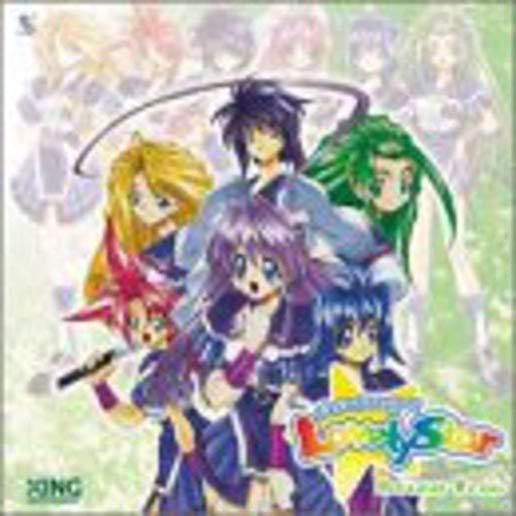
DOKIDOKI PRETTY LEAGUE LOVELY STAR ...
by DOKIDOKI PRETTY LEAGUE LOVELY STAR / O.S.T. (JPN)
COMPACT DISCout of stock
$29.99
Return Policy
All sales are final
Shipping
No special shipping considerations available.
Shipping fees determined at checkout.

